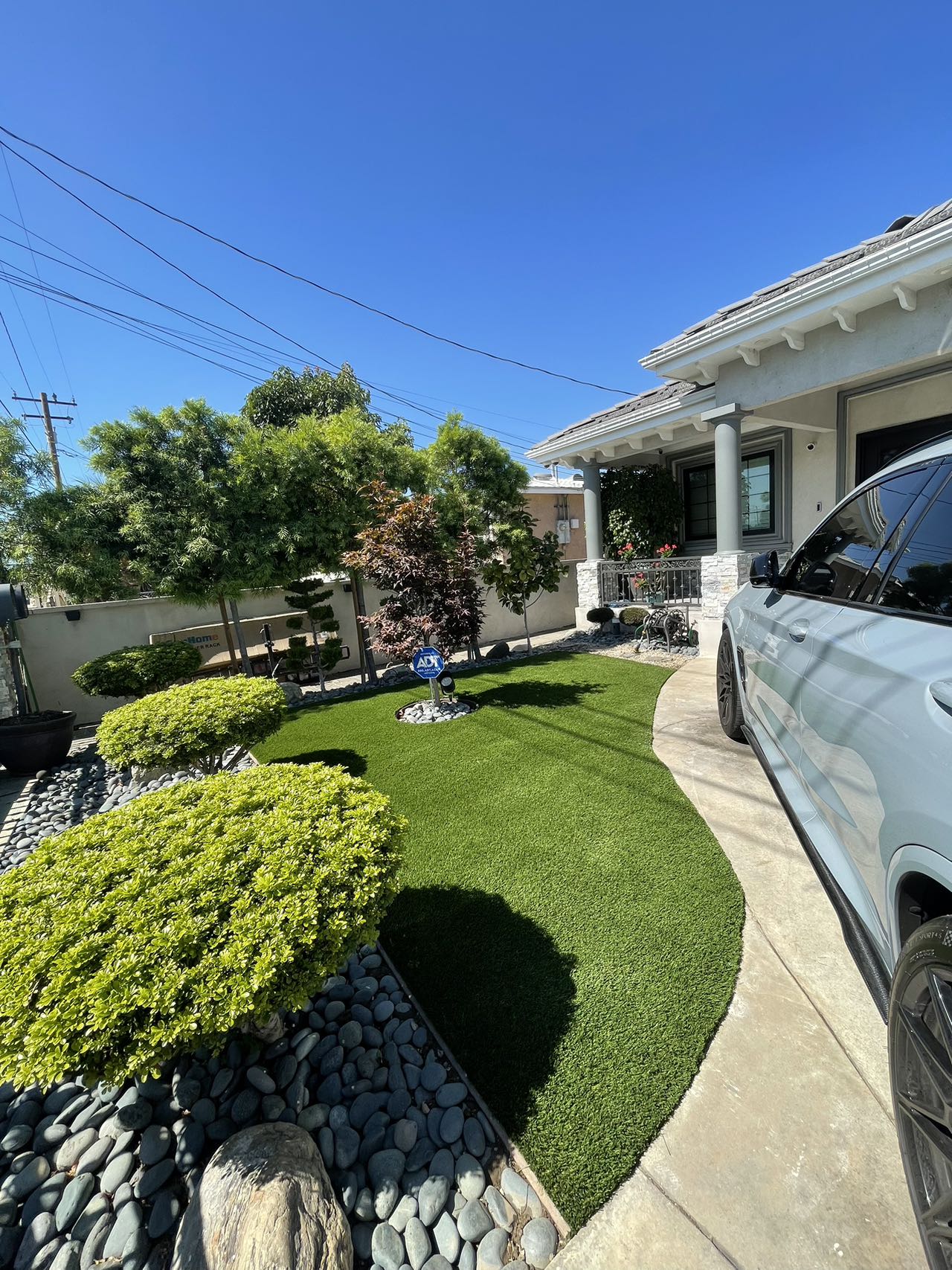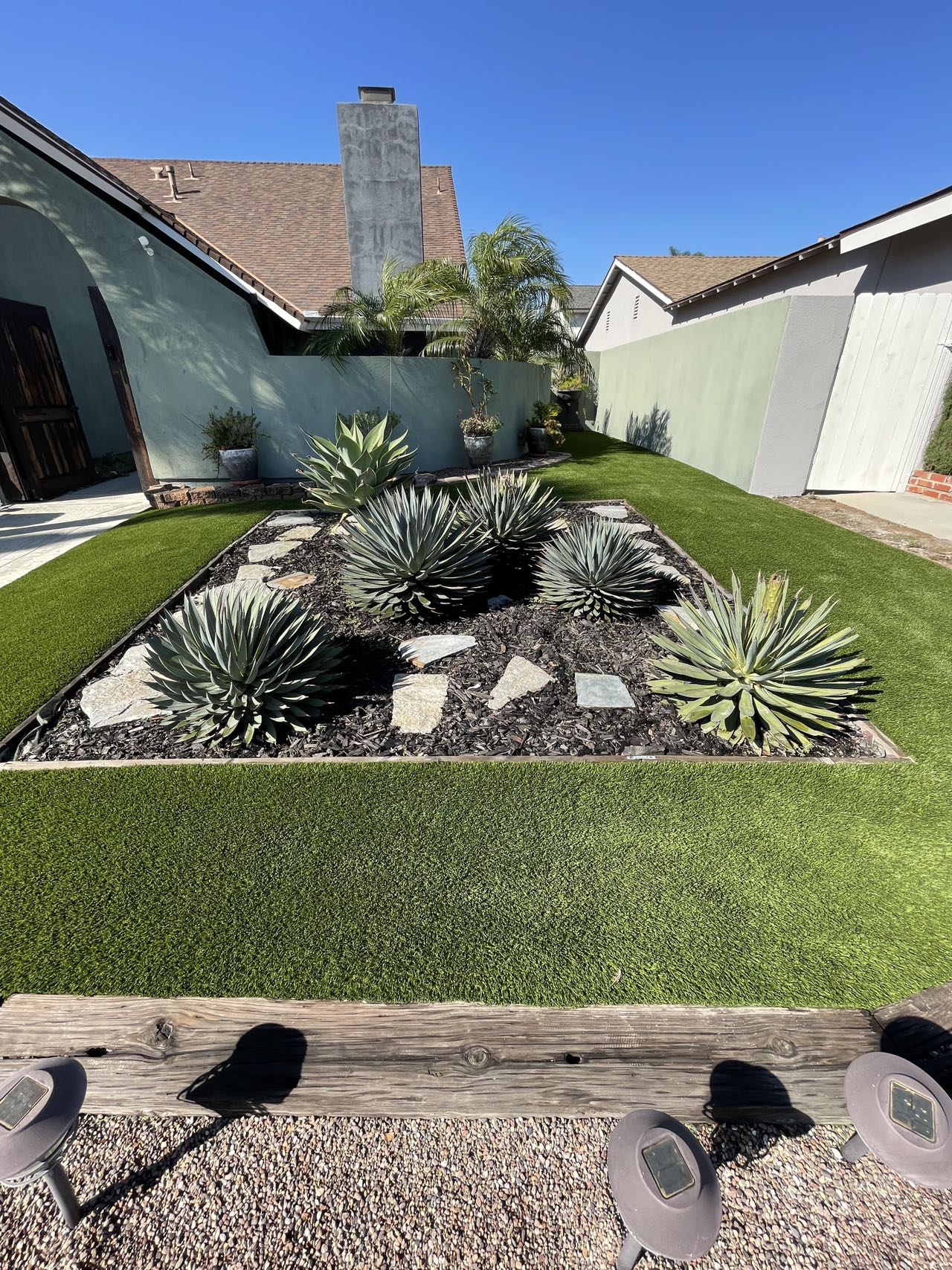Artificial grass, also known as synthetic turf or fake grass, has both positive and negative environmental impacts. It’s important to weigh these factors when considering the use of artificial grass in various applications. Here’s an overview of the environmental impact of artificial grass:

Positive Environmental Impact:
Water Conservation:
Artificial grass significantly reduces water usage as it does not require regular watering, unlike natural grass. This is especially beneficial in regions facing water scarcity or drought conditions.
Elimination of Chemicals:
Maintenance of natural grass often involves the use of fertilizers, herbicides, and pesticides. Artificial grass eliminates the need for these chemicals, reducing potential water pollution and environmental harm.

Reduction in Air Pollution:
Artificial grass eliminates the need for gas-powered lawnmowers, which contribute to air pollution and greenhouse gas emissions. This reduction in pollution is beneficial for the environment and public health.
Extended Longevity:
High-quality artificial grass can last many years, reducing the need for regular replacements. This longevity contributes to less waste in landfills compared to the disposal of worn-out natural grass.

Conservation of Biodiversity:
Artificial grass eliminates the need to disturb natural habitats for landscaping purposes, helping preserve local flora and fauna.
Negative Environmental Impact:
Resource Intensiveness:
Manufacturing artificial grass requires the use of various raw materials, including plastics, rubber, and infill materials. The production of these materials can contribute to resource depletion and energy consumption.

Carbon Footprint:
The production and transportation of artificial grass contribute to its carbon footprint. Depending on the location of manufacturing and the materials used, this footprint can be significant.
Waste Generation:
At the end of its lifecycle, artificial grass can generate waste that ends up in landfills. Disposing of old synthetic turf can be challenging due to its non-biodegradable nature.
Heat Retention:
Artificial grass can become significantly hotter than natural grass during high-temperature periods. This heat retention can contribute to localized warming, affecting microclimates.
Infill Materials:
Some artificial grass systems use infill materials like crumb rubber made from recycled tires. Concerns exist regarding potential health and environmental impacts associated with the use of certain infill materials.
While artificial grass offers benefits such as water conservation and reduced chemical usage, it also has environmental drawbacks, primarily related to its production, waste generation, and potential heat retention. Balancing these factors and considering the specific environmental conditions of the region where it will be used is essential in making informed decisions about the use of artificial grass.

Leave a Reply